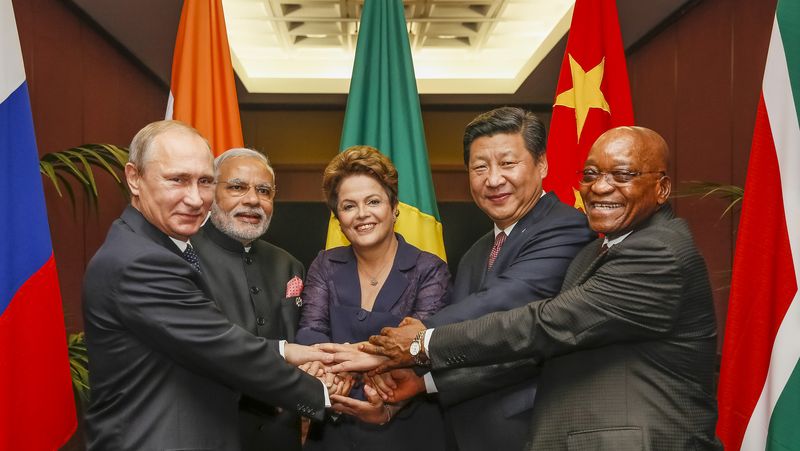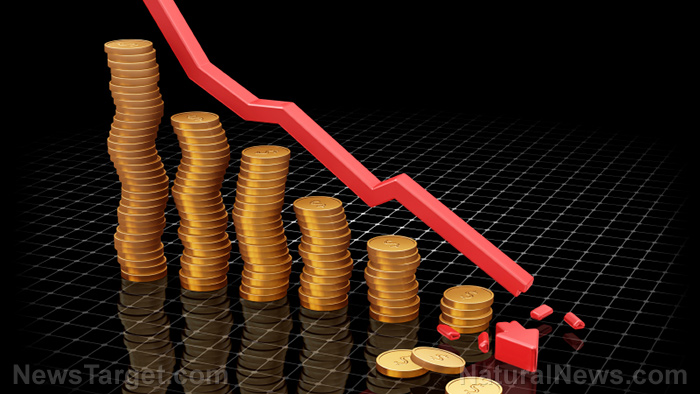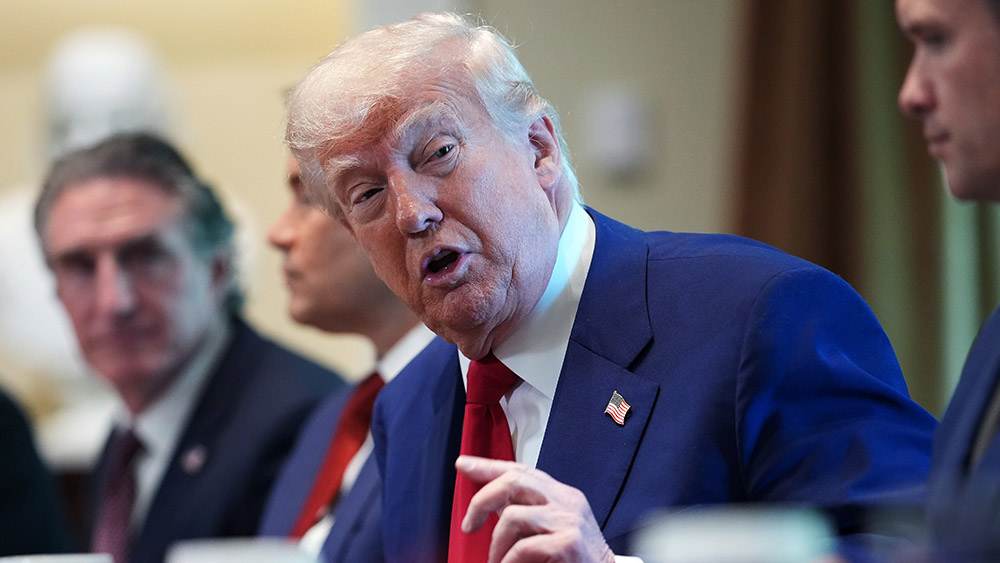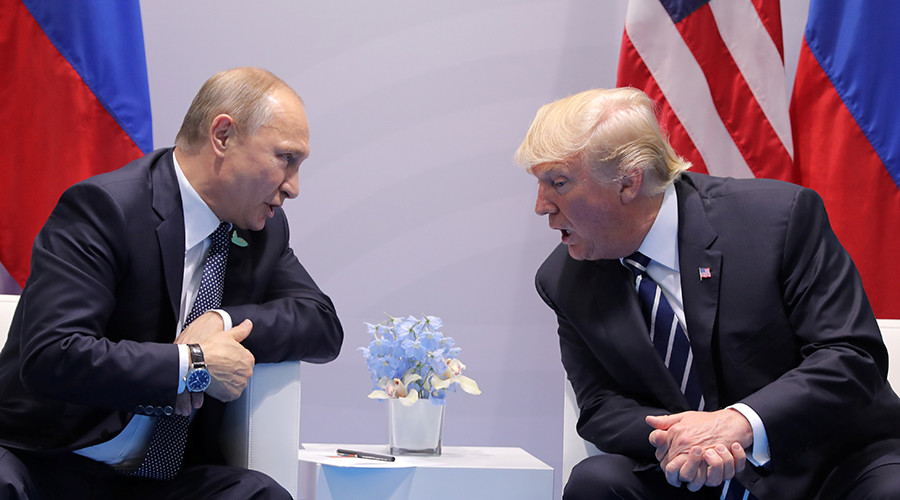Trump’s $50B tariff policy shakes global markets as U.S. eyes manufacturing dominance
08/08/2025 / By Willow Tohi
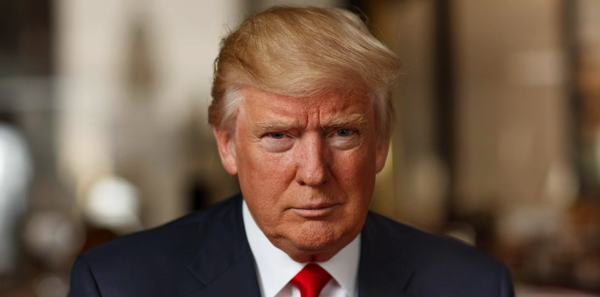
- U.S. tariffs jump to record levels, pushing import duties to highest since the Great Depression.
- Revenue surge expected: Commerce Secretary Howard Lutnick forecasts $50 billion monthly tariff revenue.
- Target sectors: Semiconductor tariffs hit 100%, pharmaceuticals could rise to 250% on imports.
- Geopolitical moves: Trade exemptions for EU (15% tariff) and Japan amid China negotiations.
- China deal uncertain: Potential 90-day truce extension as tariff truce deadline looms August 12.
On Thursday, August 7, 2025, President Donald Trump’s sweeping “reciprocal tariffs” took effect, raising U.S. import duties to their highest level since the Great Depression. U.S. Commerce Secretary Howard Lutnick announced the administration anticipates collecting $50 billion monthly in tariff revenue — up from $30 billion last month—as levies on imports from 60 countries hit 10% to 50%. The policy marks a radical shift in U.S. trade strategy, leveraging high tariffs to compel manufacturers to produce domestically, particularly in critical sectors like semiconductors and pharmaceuticals.
The move underscores Trump’s “America First” doctrine, prioritizing national security and economic sovereignty over free trade. However, analysts warn of unintended consequences: soaring consumer costs, retaliatory measures from allies and a fragmented global supply chain. With truce talks ongoing with China, the tariffs could become a geopolitical Rubik’s Cube, testing the White House’s resolve to bend the world’s second-largest economy to its will.
The tariff regime: Balancing revenue and manufacturing bet
Trump’s tariffs are not just a tax grab but a gambit to rebuild U.S. economic independence. Semiconductor imports now face a 100% tariff unless manufacturers invest in domestic production, with pharmaceutical tariffs rising up to 250% over time—a move framing drug safety as a national security priority. Lutnick claims exemptions for companies committing to U.S. manufacturing, citing a potential $1 trillion investment in domestic chip production.
“The objective is simple: get semiconductors made here,” Lutnick declared on Fox Business Network, touting the $52.7 billion bipartisan semiconductor plan (passed under Biden) as a springboard. Yet the U.S. currently produces only 12% of global chips—a sharp drop from 40% in 1990—and industry experts question whether tariffs alone can reverse decades of offshoring. “This isn’t just Economics 101—it’s Supply Chain Warfare 401,” quipped one former trade negotiator.
Geopolitical chess: Exemptions, partnerships and China’s endgame
While tariff revenues soar, Trump’s team has carved exceptions for key allies. The EU accepted a 15% tariff on most imports, including semiconductors, to sidestep more punitive measures. Japan negotiated a “no worse than others” clause, easing tensions Tokyo’s automakers and tech companies depend on U.S. parts. Meanwhile, U.S. negotiators are racing to extend the China tariff truce, set to expire August 12.
Lutnick hinted at a likely 90-day extension, but Beijing’s calculus is murkier. Analysts note China stands to lose, too: over $500 billion in annual U.S. imports face new levies, and its tech sector—already strained by U.S. chip bans—faces further pressure. Still, Beijing might leverage European and Japanese objections to push back. Truck manufacturer BYD, for instance, claims new tariffs could raise U.S. prices an extra 30%, “pricing millions of American families out of their dream EV,” said a spokesperson.
Economic fallout: The hidden costs of tariff warfare
While the White House touts job creation, economists warn of stagflation risks. The National Retail Federation estimates $200 billion in annual import costs will hit households, with groceries, vehicles and electronics bearing the brunt. Brazil has already suspended U.S. trade talks, calling the tariffs a “reckless escalation.”
Federal Reserve Chair Powell has remained silent, but a temporary Fed nominee, Steve Miran, faces scrutiny over his ties to lobbying groups backing tariffs. Meanwhile, Trump faces a rebellion from within his own party: Vice President JD Vance and former tech czars caution against prolonging the China brinkmanship. “We need clarity, not chess,” Vance stated earlier this month.
A New World Order, forged in tariffs
Trump’s tariff regime is rewriting global trade rules, blending Cold War-era security doctrines with free-market populism. Whether this gambit secures Made-in-America dominance—or sparks a new trade war—depends on China’s response, corporate compliance and voter tolerance of rising costs. As Lutnick concluded, “Tariffs are the pen and paper of our new economy.” The rest of the world is now reading—and quarreling—over its terms.
For more on Trump’s trade policies and their global ripple effects, visit Trump.news.
Sources for this article include:
Submit a correction >>
Tagged Under:
big government, Big Pharma, Big Tech, Globalism, government debt, Lutnick, money supply, supply chain, tariffs, trade wars, Trump
This article may contain statements that reflect the opinion of the author
RECENT NEWS & ARTICLES
COPYRIGHT © 2017 BIG GOVERNMENT NEWS



